In the competitive electric toothbrush market, battery selection plays a vital role in user experience, product lifespan, and cost control. Whether you’re launching an entry-level product or a premium smart toothbrush, understanding different electric toothbrush battery types is essential to align performance with your brand positioning.
This blog explores the key differences between lithium battery vs. NiMH battery, the importance of battery life optimization, and how to match the right solution through OEM customization.
There are two primary battery technologies used in electric toothbrushes today:
Understanding the pros and cons of each helps brands make informed decisions based on their market segment and performance goals.
Here’s a direct comparison of lithium battery vs. NiMH battery in the context of electric toothbrush applications:
| Feature | NiMH Battery | Lithium Battery |
|---|---|---|
| Energy Density | Moderate | High |
| Charging Time | 8–16 hours | 2–4 hours |
| Battery Life | 5–7 days | 10–20 days |
| Product Positioning | Entry to mid-range | Mid to high-end |
| Cost | Lower | Higher |
| Size | Larger | More compact |
For premium toothbrushes with smart features or sleek form factors, lithium batteries are ideal. For value-focused or budget models, NiMH batteries offer a balance of performance and affordability.
Beyond battery type, battery life optimization is key to delivering a strong end-user experience. Professional manufacturers optimize battery performance through:
These engineering practices help ensure that your product not only meets customer expectations but also complies with safety standards and extends time between charges.
Every brand has unique product goals. Through OEM customization, manufacturers can help:
Whether you’re targeting cost-sensitive retail markets or launching a high-end smart device, customization ensures the power solution enhances—not limits—your brand identity.
Choosing between lithium battery vs. NiMH battery isn’t just a technical decision—it’s a strategic one. A carefully selected power solution affects pricing, design, performance, and market perception.
By understanding electric toothbrush battery types, focusing on battery life optimization, and leveraging OEM customization, brands can develop products that are both functional and aligned with customer expectations.
? Partner with us to design a power system that delivers performance, reliability, and market impact—customized to your unique brand vision.https://www.powsmart.com/about-powsmart/
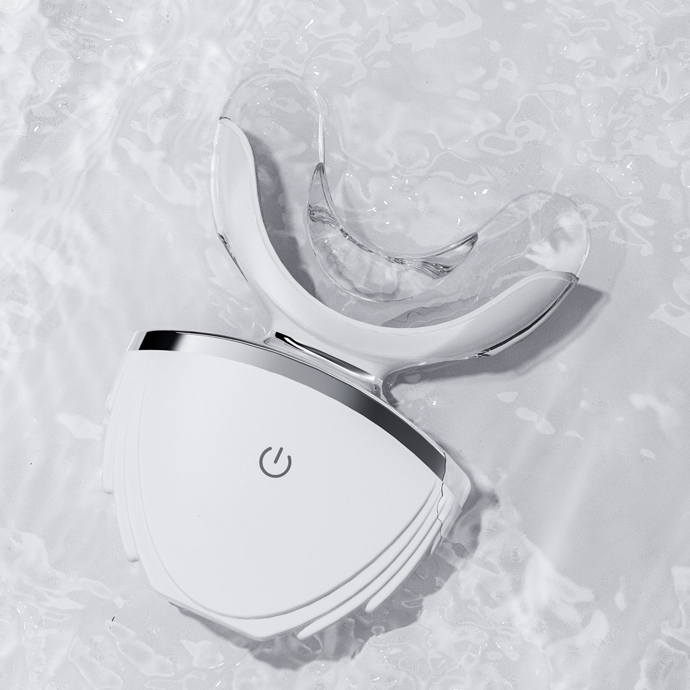
How Does LED Whitening Device Production Rely on Whitening Kit Component Suppliers?
Smart Tech Diwali Gifts Electric Toothbrush | Powsmart
Professional Whitening Electric Toothbrush Supplier | Advanced LED Oral Care by Powsmart
Electric Toothbrush with Extra Battery Life for RV Travelers

Can a California whitening brush protect California sensitive teeth?
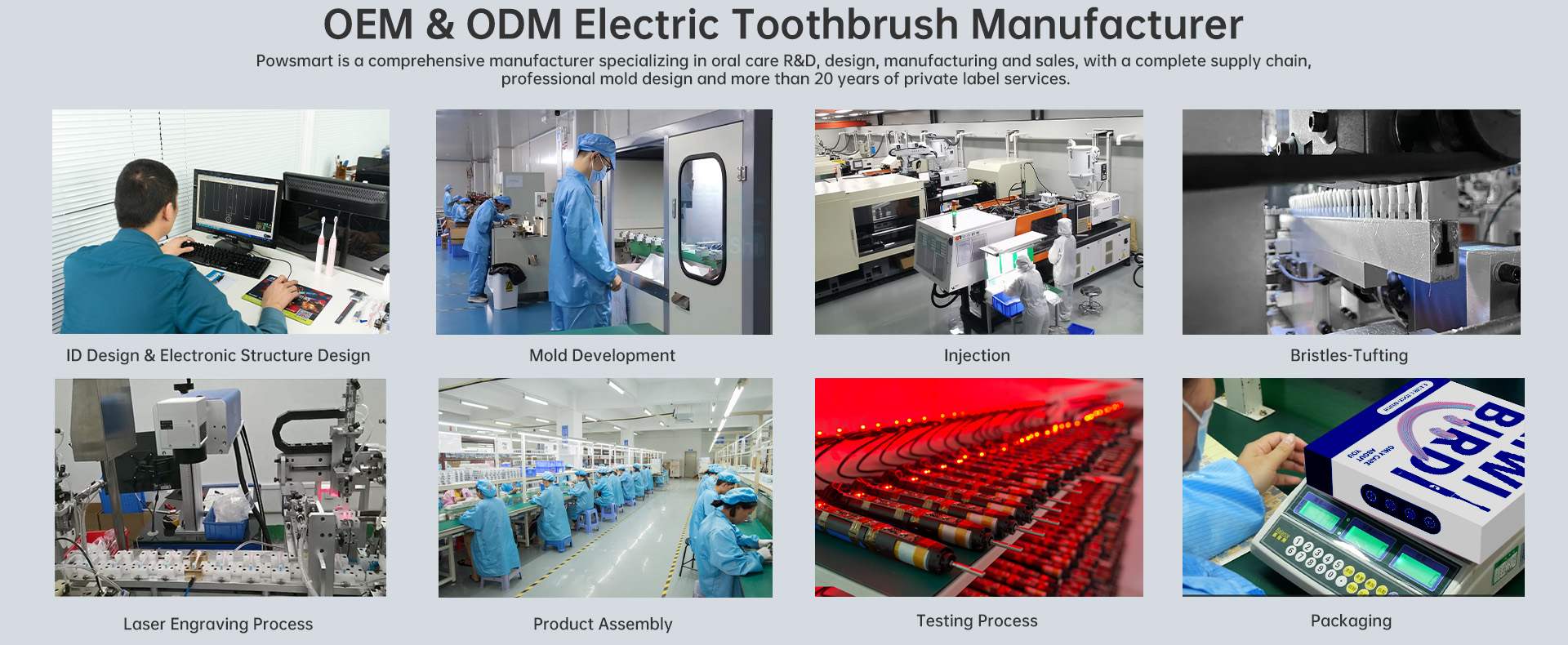
Motor Lifespan Matters! Importance of Premium Electric Toothbrush Durability
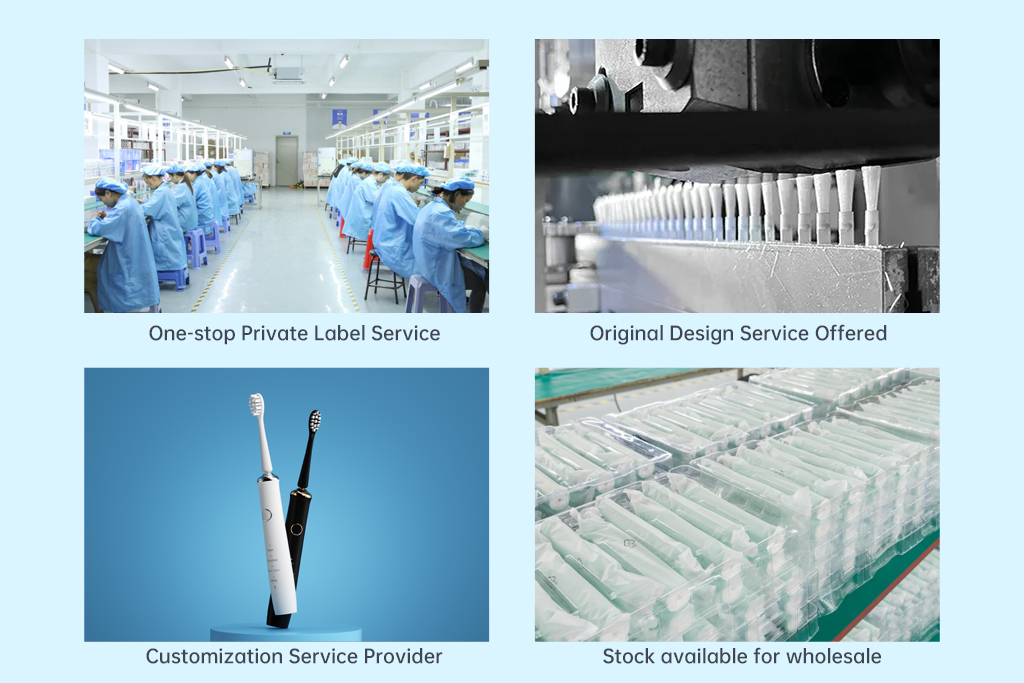
Custom Logo Electric Toothbrush Vendor: Private Label Solutions
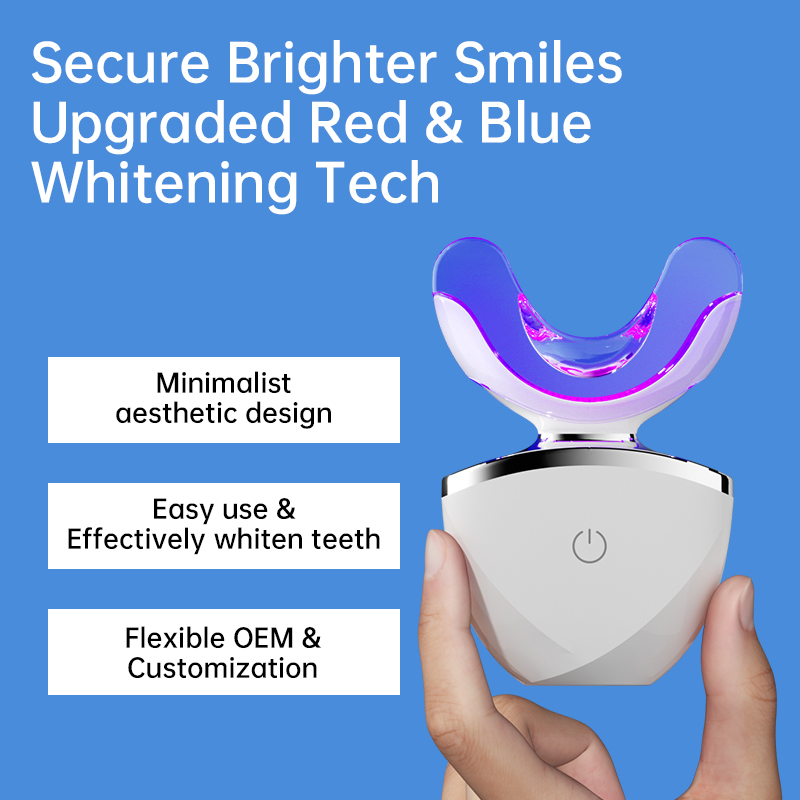
Is a Smart Timer Whitening Kit the Ultimate Upgrade for At-home Whitening Kit Effectiveness?
.webp)
Hawaii beach toothbrush vs. Hawaii corrosion-resistant — what’s the real difference for electric toothbrush manufacturers?
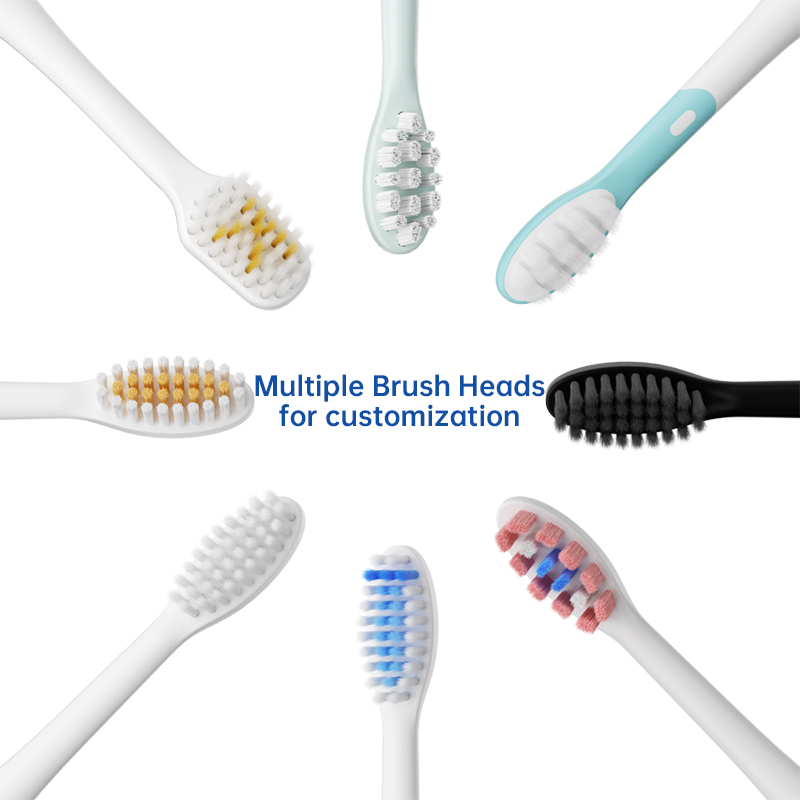
Is the brush head replacement reminder function really useful?

Does the Nozzle of the Water Flosser Need to Be Changed Regularly?

Seeking Sonic Toothbrush Customization for a Successful Private Label Venture?
.jpg)
Is an RV travel essential kit complete without an RV power toothbrush?
Budget Electric Toothbrush Under 1500 Rupees North Campus
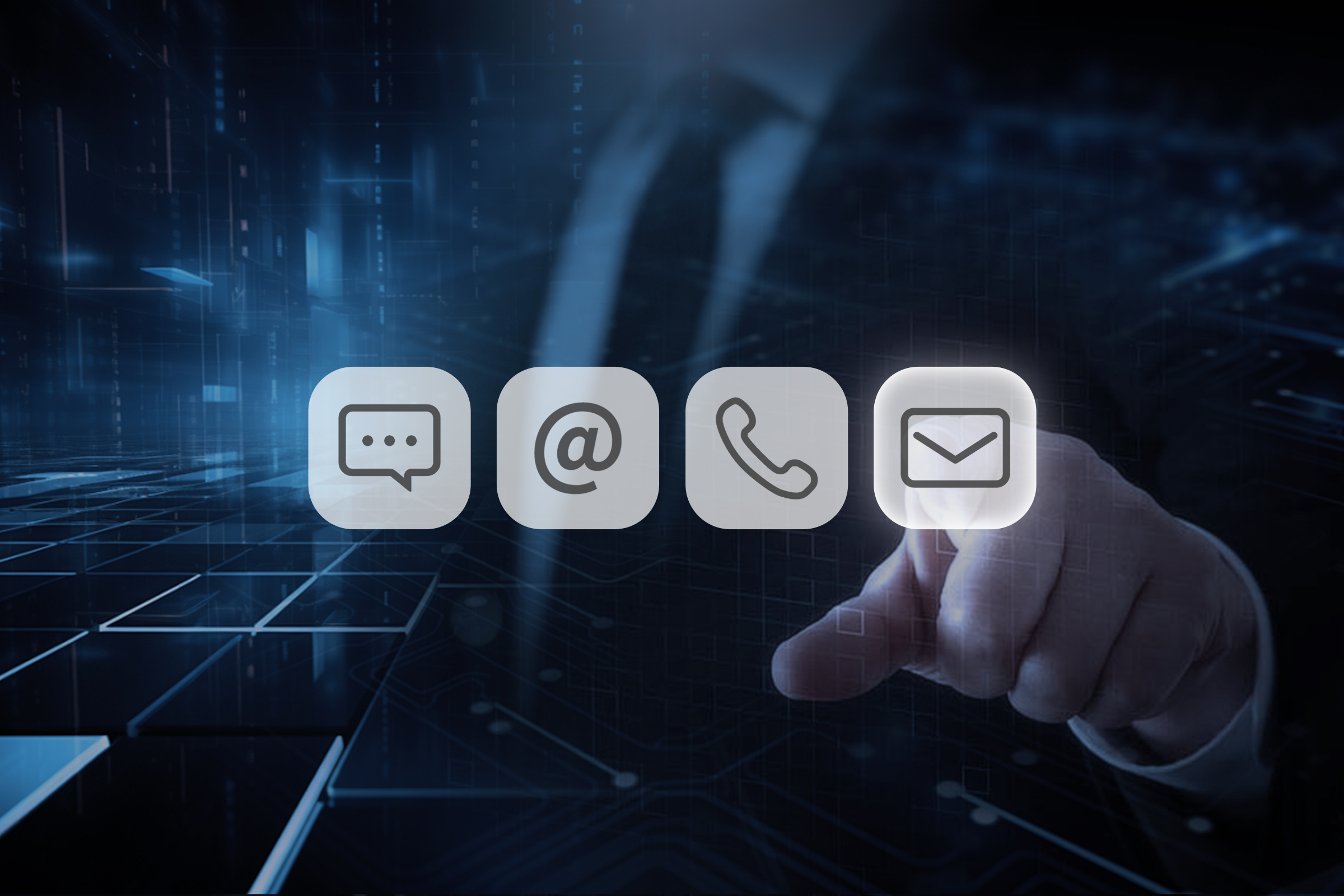
Can Intelligent Electric Toothbrushes Keep Evolving Like Mobile Phones?
.jpg)
How does the UV sterilization function provide you with a sterile and clean brush head every time you brush?

Electric toothbrush heads Charcoal Infused-Diamond

Private Label Whitening Gel

Customization Teeth Whitening Gel
.jpg)
Florida Electric Toothbrush – Powsmart PTR-C8

electric toothbrush heads Ultra Soft

electric toothbrush heads Deep Clean

electric toothbrush heads Charcoal Infuse-Round

electric toothbrush heads Regular Clean
whstapp
whstapp
National Toll-Free Service Hotline
+86 755 86238638